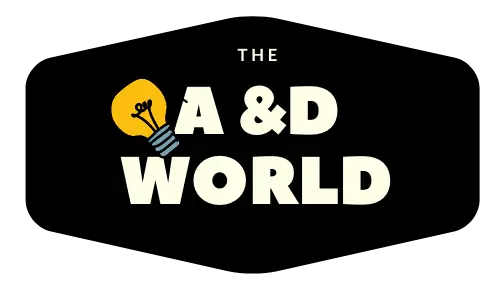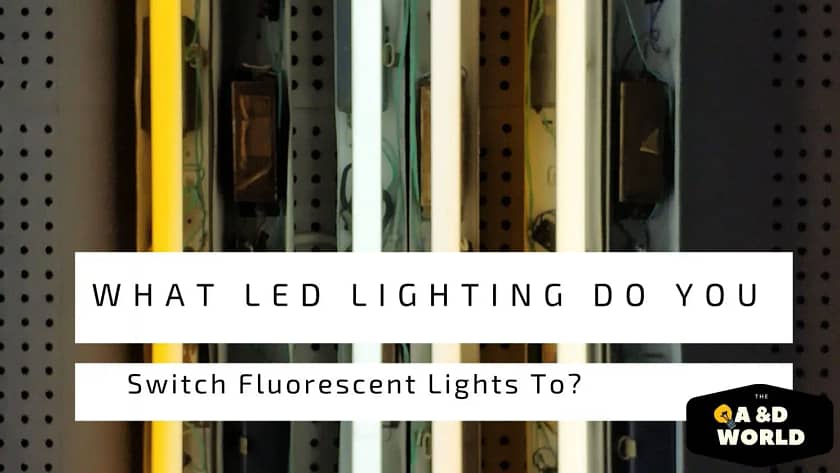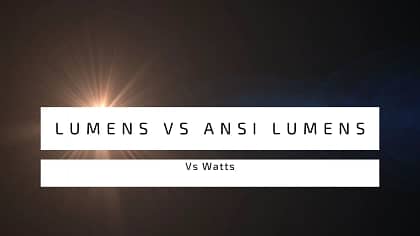LEDs can produce beautiful lighting without the hassle of a ballast. They offer outstanding benefits, such as low power consumption and long life, making them a no-brainer for modern homes. The lifespan of LEDs is up to 200 times longer than an incandescent bulb.
Moreover, these fixtures use much less energy, converting most of it into light. However, one major downside of switching to LEDs is they are expensive and time-consuming. Fluorescent bulbs are becoming more and more scarce these days. Therefore, in this guide, we answer most of the common questions homeowners have when converting their old fluorescent lights to LED lights.
Can Fluorescent Fixture Work With LEDs?
Almost all fluorescent fixtures can work with LED bulbs, but they must be ballast compatible. Or, you can take advantage of a ballast bypass conversion by using a retrofit kit such as the Magnilumen kit. This installation takes less than 15 minutes and is more efficient than incandescent, halogen, or fluorescent lighting.
What LED Lighting Do You Switch Fluorescent Lights To?
Plug And Play
Switch To T8 Tubes
T8 fluorescent lighting is the most popular size. The number following “T” is the diameter of the lamps in an eighth of an inch, so T8 fixtures have a tube that is one inch in diameter. Also, the tubes come in T5 and T12 varieties, which are most common in older fixtures.
LED T8 lights are the same size as T8 fluorescent bulbs, but they produce very different light. T8 bulbs are more efficient and cost-effective than fluorescent bulbs because they use less energy to create light. Apart from this, they do not produce any flickering and are easier to dim than fluorescent.
It’s no wonder that LED lighting is so popular today. Originally, the overhead cost was high, but now that fluorescent lamps are hard to find and commercial-grade LEDs have decreased in price, it’s an easy choice. The result is LEDs that will pay for themselves in just a few short years.
Type A, And B- Tubes
Type A LED tubes require T8 electronic ballasts to operate. If you have those, installation is super easy. You will need to remove the old T8 fluorescent bulb and replace it with a new T8 LED Type A bulb. Unfortunately, you will have to replace the old ballast before installing the LED.
If you have a Type A LED tube and your ballast is compatible, this will help your light to be more efficient. However, a residential-grade ballast may not work as well as commercial-grade ballast.
Similarly, Type B LED Tubes are much more efficient than Type A bulbs. Their energy is wired directly to the sockets, meaning it doesn’t have to pass through the ballast, and no power is lost. The upside is you don’t have to worry about ballast maintenance. But it will require some installation modifications, as you must remove the ballast along with the sockets.
Some Type B LED tubes are single- or double-ended so, if your sockets are in good shape, you can bypass the ballast. However, this procedure is dangerous as it involves power wires and sockets, so it’s best to leave it to a professional.
Type C And D
Type B LEDs have a driver built into the tube itself. The main difference with Type C LED tubes is that instead of an internal driver, it has a remote driver.
This Type C installation is a notch below Type-A. You’ll still need to remove the fluorescent ballasts, but you’ll also get a motion-based control system and crisp 0-10V dimming. The installation process still takes time and costs more than Type A, but it’s a great option on a budget.
ComboDrive LED T8 lamps work with your existing ballast and can also be wired up to line voltage. This type of lamp is new to the market and will run on existing ballasts until it dies. If you plan to re-use an existing ballast, make sure to check the compatibility sheet first. It will tell you if the lamp will work and what type of wiring it has (single-end or double-end).
Other Things To Know About When Switching To LEDs
Ballast Bypass
Ballast Bypass means that the lighting fixture needs wiring to bypass the ballast. This process allows for conversion without replacing the ballast, which is a significant advantage since it saves time and money. Yet, ballast bypass conversions are not always easy and quick. One common challenge is whether to use one-end or two-end tubes.
A single-end bulb has both live and neutral wires going to one end of the fixture, leaving the other without any wiring. Turning a two-end tube into a single-end is a quick and easy project. You will need to connect all the neutral wires on one side and all the live wires to the other.
Can you use T5 bulbs in a T8 fixture?
The T5 light bulb cannot replace the T8 or T12 light bulb because it has a different physical and electrical design. The bi-pin sockets in T5 lamps are small, while T8 lamps have medium bi-pin sockets.
Can you use a T5 bulb with a T8 ballast?
T5 lamps need special ballasts to operate. They can’t work with T12 or T8 lamps, but they operate at higher frequencies than those other lamps. But if you still want to use T5 bulbs on T8 ballast then electronic ballasts are needed.
Switching your fluorescent tubes for LEDs is simpler than your think. You can either bypass the ballast or use LEDs options that are ballast compatible.
To Recap,
Swapping out your fluorescent lighting for LEDs is easier than you think. You can either bypass the ballast or use LEDs compatible with your fixture’s ballast. The choice is yours.





